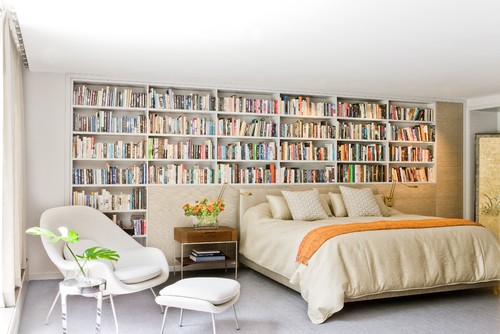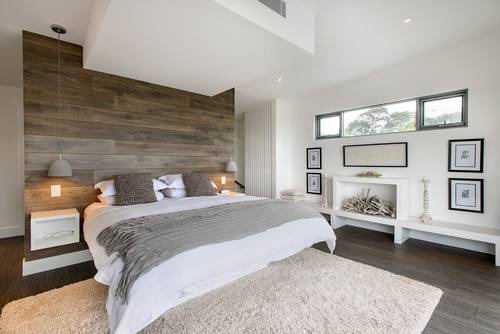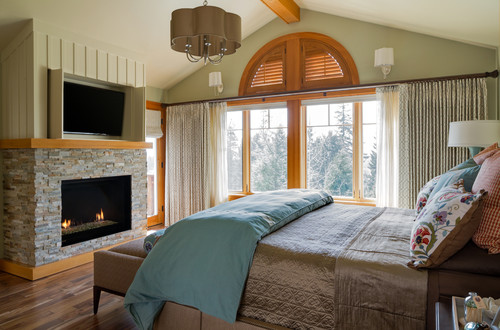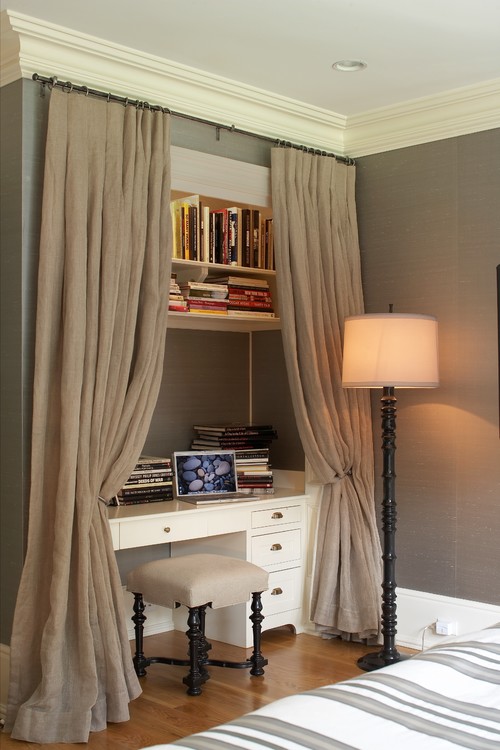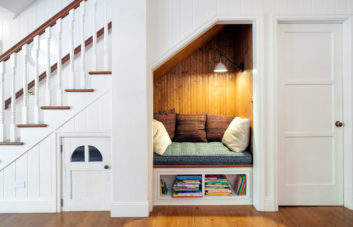Everyone needs a good night’s sleep. It’s a basic human need, and the average person doesn’t get as much or as high-quality sleep necessary for full function and optimal health. Sometimes the factors holding you back from a good night’s sleep are unavoidable – a deadline, a teething baby, an early flight to catch or class to make. But often a good rest is within reach; you just need to figure out how to get it.
Sounds easier said than done? Try making over your bedroom – you’ll be pleasantly shocked at what a difference a sleep-friendly bedroom makes on your life.
Follow these steps to get a serene bedroom that encourages and supports good sleep habits:
Light it right
Layer your lighting so that your bedroom syncs with your circadian rhythm (AKA your internal clock). The room should be adequately lit during daylight hours, preferably with ample natural light, then softly lit at night. Invest in dimmer switches or layered lighting (overhead fixture for the day, reading light or table lamp for evening) to get the lighting right at every time of the day.
Most importantly, make sure that your room is completely dark (or as close to it as possible). Use blinds, shades, or drapes to keep out light from the window; turn your alarm clock so that it doesn’t project the time directly into your face as you (try to) sleep.
Banish screens
Watching TV or surfing the web stimulates your brain and makes it hard to fall asleep and stay asleep. Skip the television in your room (or impose a turn-off time on it at least an hour before bed) and turn off your phone (or at the very least, silence it) – the artificial light is bad for sleep, and there will always be one last text or one more show or after the next commercial. If you absolutely must have a TV in your room, make it concealable.
Work elsewhere
Tempting as it may be to set up a workstation in your bedroom – especially if your space is limited – it’s a bad idea. Much like the TV issue, having your work near your bed means that you’ll always be checking one more document or writing one more paper. Don’t study in bed (besides for the fact that it’s a bad study habit) and finish your work (or at least make sure you can’t see it from bed) before bedtime so it doesn’t disturb your rest.
Keep it neat…
It’s hard to sleep well in a messy room. Make your bed as soon as you get out of it – you’ll be happy to get into a neat bed at the end of a hard day. Don’t pile your clothes on your bed, the floor, or the chair; put things away where they belong. An organized room makes for restful nights and peaceful days.
…cool and fresh…
Research has shown that people sleep better at lower temperatures. Ideally, you should set your thermostat at 5°-10° lower than daytime temperature; for most people, the right temperature is under 70°.
Keep the air circulating with a floor or ceiling fan; a stuffy room is hard to sleep in. Change your sheets as necessary to avoid any funky odors and keep it smelling fresh; skip heavy air fresheners. If you want to scent the room, go for calming scents like lavender.
As quiet as possible, that is. If you have a noisy upstairs neighbor or live on a busy intersection, try a white noise machine to block unwelcome bangs, thumps, conversations and traffic sounds. Snoring spouse? Get a good pair of earplugs. Crying baby? If it’s yours, sorry, you’ll just have to wait until it grows up to get that good night’s sleep.

Don’t skimp on comfort
This one’s a no-brainer, right? Obviously your bed should be comfortable. But many people don’t realize that their mattresses are sagging, worn out, or the wrong firmness, and it’s interfering with their sleep. If your body aches in the morning, you have a crick in your neck, or you just can’t seem to get comfortable, it’s probably time for a new mattress (or maybe a new blanket or pillow).
Create an oasis
The bedroom is not the right place for vibrant paint. Pick muted, calming shades and soft textures when decorating your bedroom. According to an interesting study by the Edinburgh Sleep Centre, blue is the color that’s most conducive to restful sleep; purple seems to be the worst, as it is too stimulating.
Make sure to create a room that is the first and last place you want to see each day, that makes you feel relaxed and happy when you go in there at night, and watch your sleep – and your life – improve!

